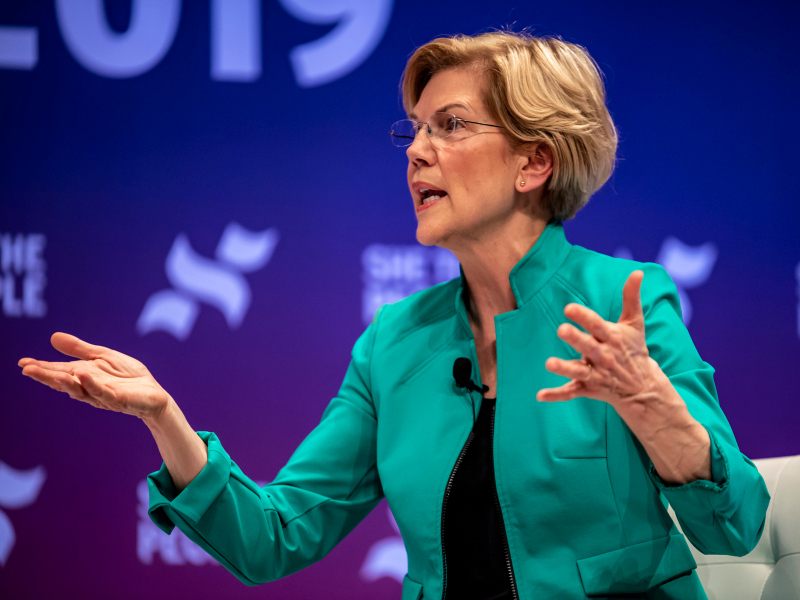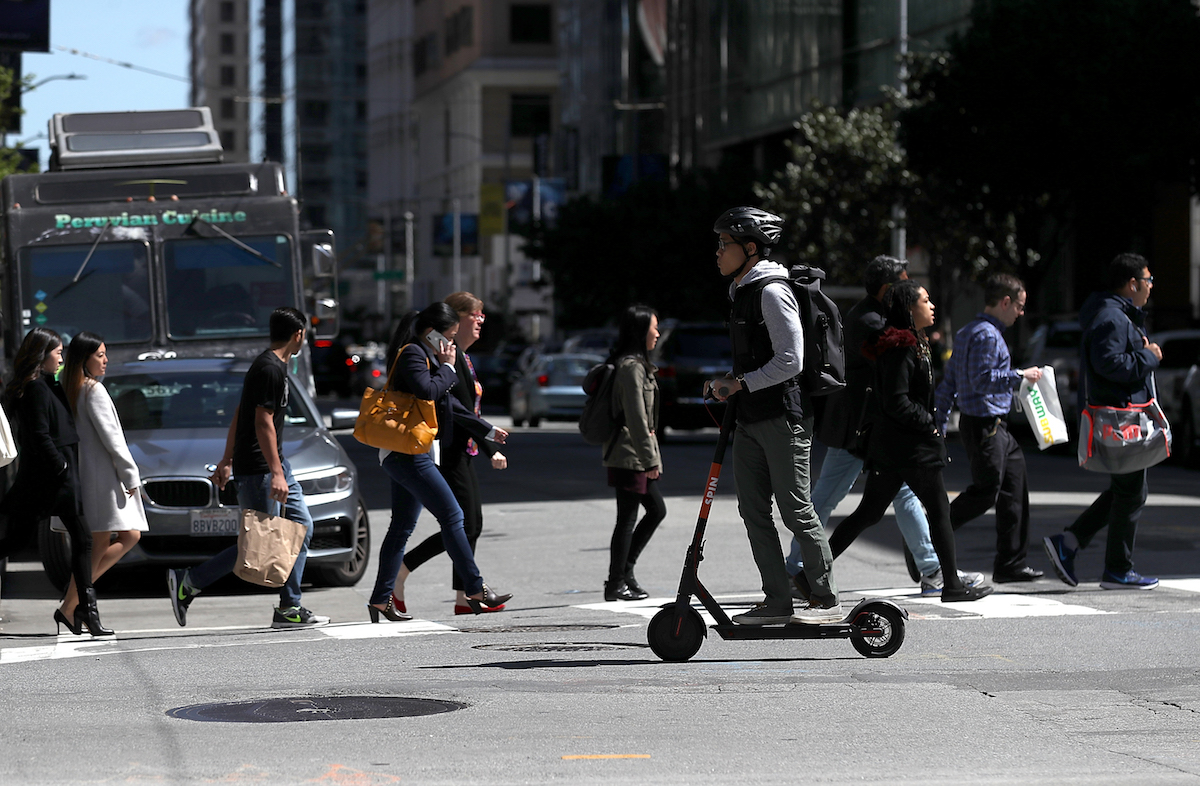- Silicon Valley has been a hub of technological innovation for the last century.
- The region’s growth is closely tied to buildup during World War II and federal investment.
- Recent events like Mark Zuckerberg’s congressional hearing and Elizabeth Warren’s plans for big tech may usher in a new era of Silicon Valley history.
- Visit Business Insider’s homepage for more stories.
People often think of Silicon Valley technology firms as an industry that popped up independently and wants less regulation, but historian Jeannette Estruth, an assistant professor of history at Bard College wants to remind you that Silicon Valley is in many ways a federal and state project.
“Its roots are totally enmeshed with the government,” she said, in particular to war efforts of the 20th century. She pointed to federal investment in Bay Area universities during and after World War II, and how closely tied their growth was to war. Research and knowledge production from the war made the explosion of growth possible.
“People don’t think about infrastructure,” Estruth said, noting how important the housing boom following the war, and later the expansion of the San Jose airport, were to Silicon Valley’s story.
Now, with Facebook CEO Mark Zuckerberg’s congressional hearing and democratic presidential candidate Elizabeth Warren’s plan to break up big tech, Estruth thinks that we might be entering a new era of increased accountability and oversight in Silicon Valley.
Check out the six unexpected moments that Estruth says shaped today's Silicon Valley:
1. Modern Silicon Valley developed as a result of the infrastructure build-up of World War II.
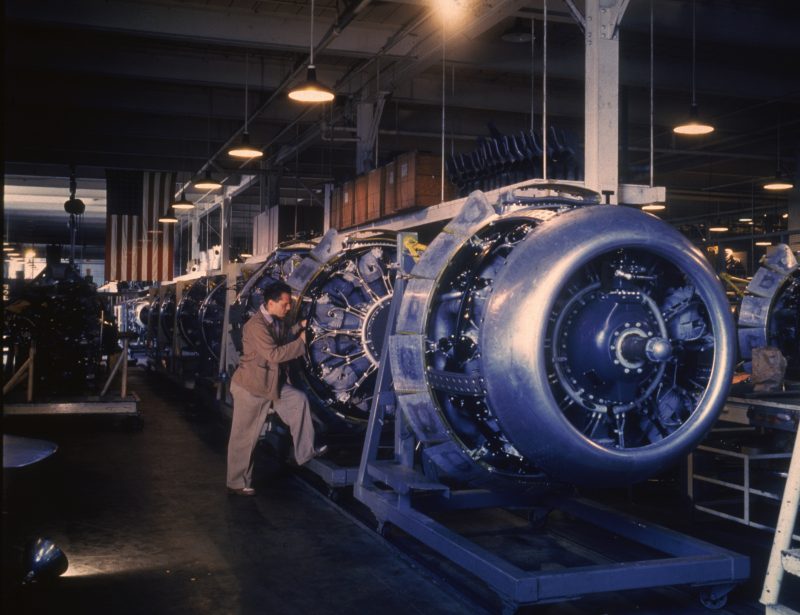
During World War II and the following years, the classic Cold War research university exploded, according to Estruth. Stanford University and UC Berkeley became part of knowledge creation in geography, chemical weapons, surveillance, and computation.
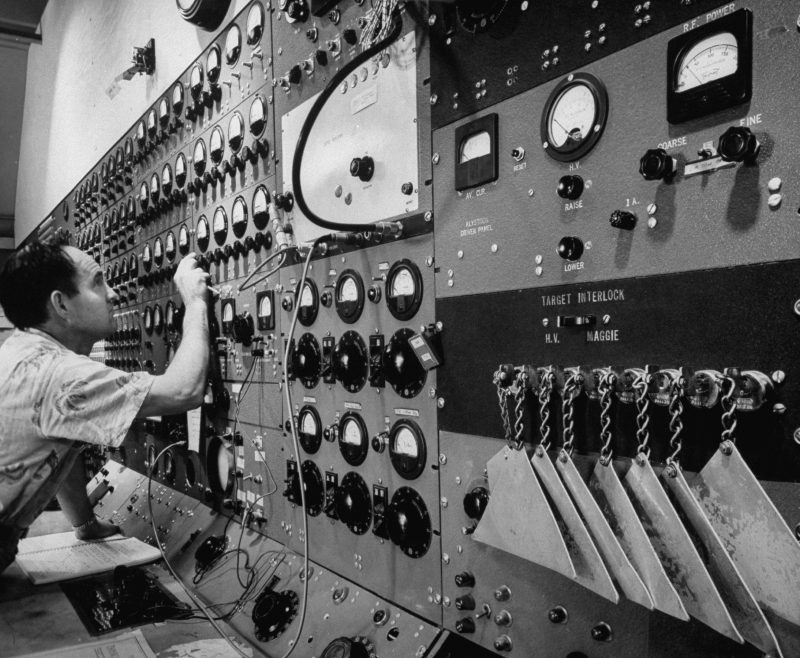
With the US presence in the Pacific theater of the war, the West Coast became an important center of shipbuilding, transportation of troops and material, and food. People, money, and resources were moving through the area and in university spaces, setting the stage for a tech boom.
Men from other parts of the country moved through the Bay Area for jobs or on their way to fight in Asia, and some of them saw a place they wanted to settle in the future. People stayed or moved after the war, and large quantities of housing were built.

2. After the war, Stanford went through a budget crisis. Leland Stanford Jr. had placed all university land around Palo Alto in trust, meaning it couldn't be sold.
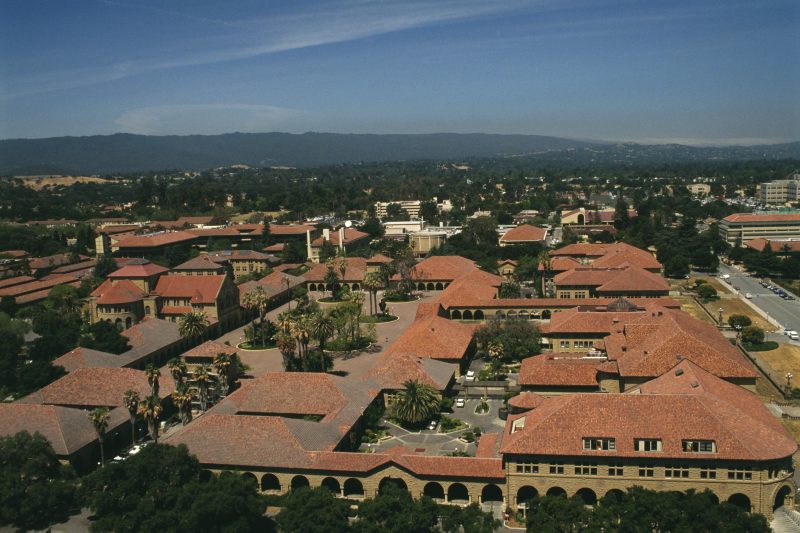
The land could be rented, though, and the administration saw an opportunity to make money by renting university land, often to recent graduates starting businesses or labs. This led to the density of technology companies around Stanford today.
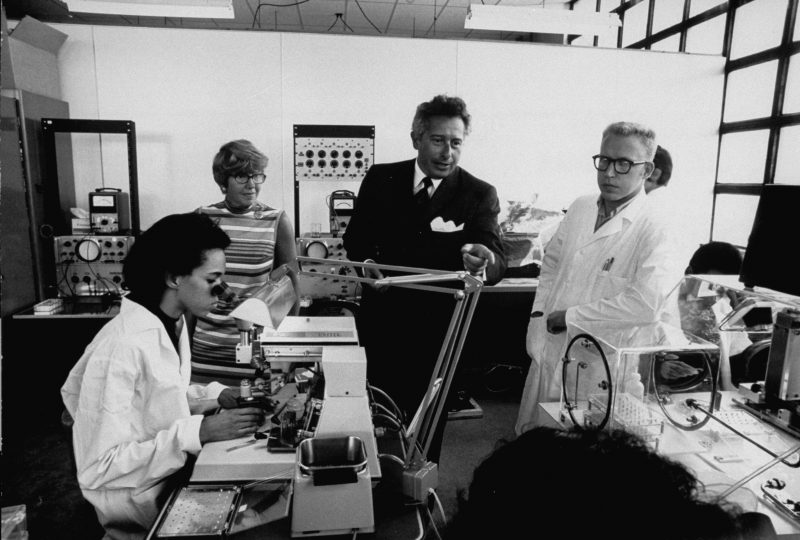
3. The expansion of the San Jose airport in the 1980s made modern Silicon Valley possible. Fears that Japan was out-competing the US made building business ties between the areas crucial, setting the connection between Asia and Silicon Valley in motion.
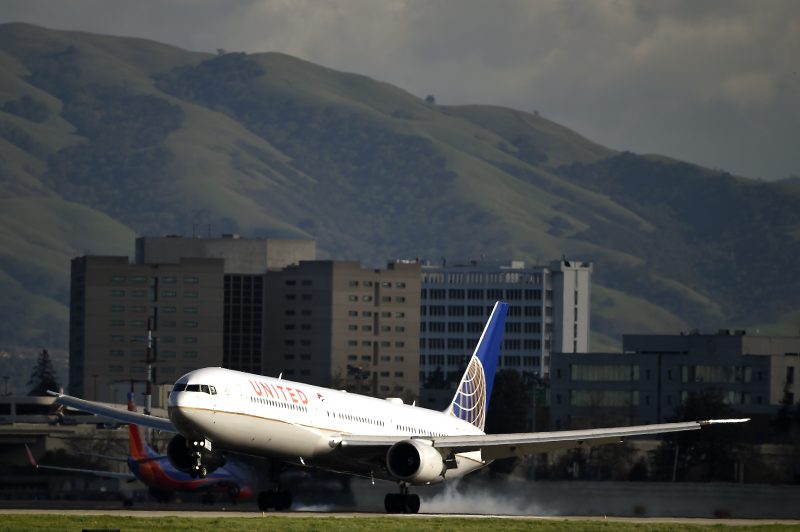
An airport that had formerly been for small, regional planes was now able to accommodate jumbo jets from Asia, leading to greater exchanges of visitors, knowledge, and investment.
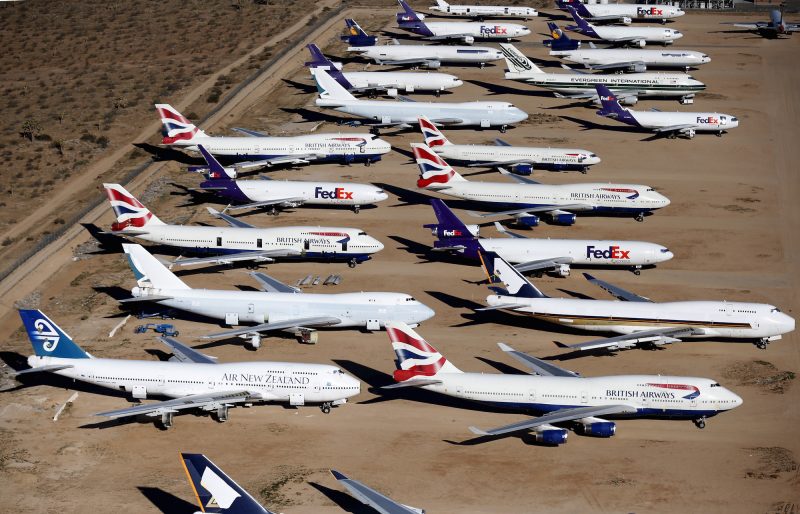
Estruth highlighted this moment as the first time San Jose really took responsibility for the wellbeing of the tech industry, which it would come to be totally tied to.
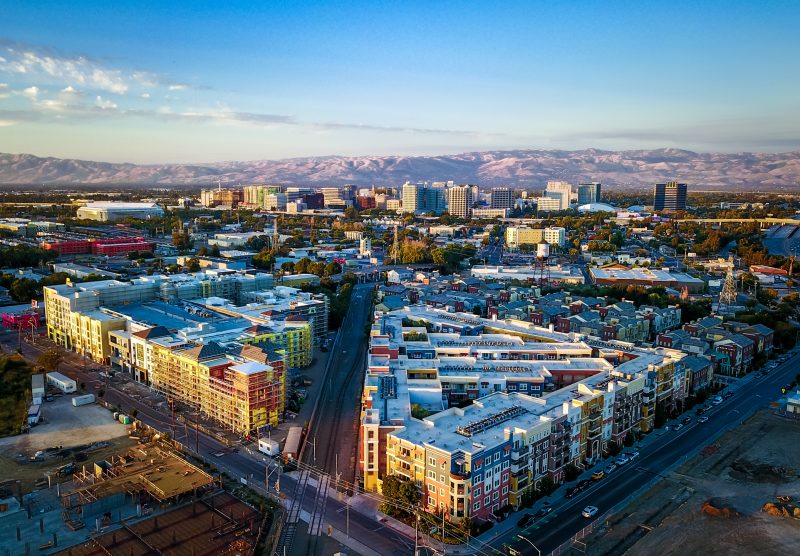
4. In 1957, the "traitorous eight" men left Shockley Semiconductor lab to form their own company, Fairchild Semiconductor, which became an industry leader and incubator of other companies.
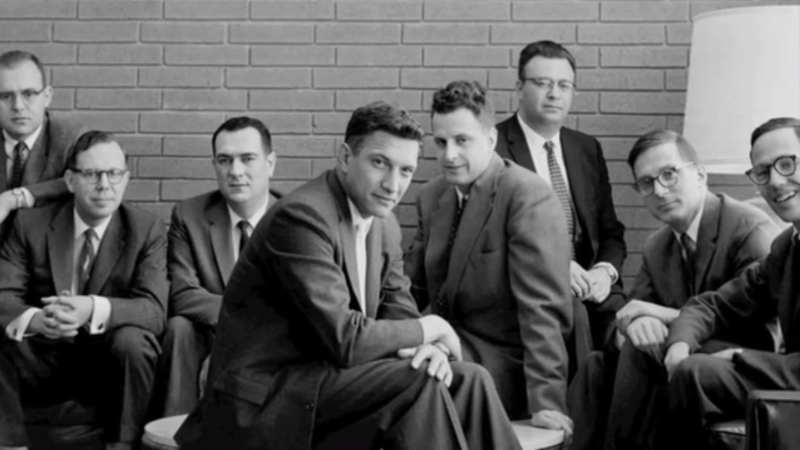
The 8 were, directly and indirectly, involved with a number of important tech companies, like Intel and AMD, which became known as "Fairchildren." Estruth cited this as the moment when a newer, more entrepreneurial generation began taking over Silicon Valley.
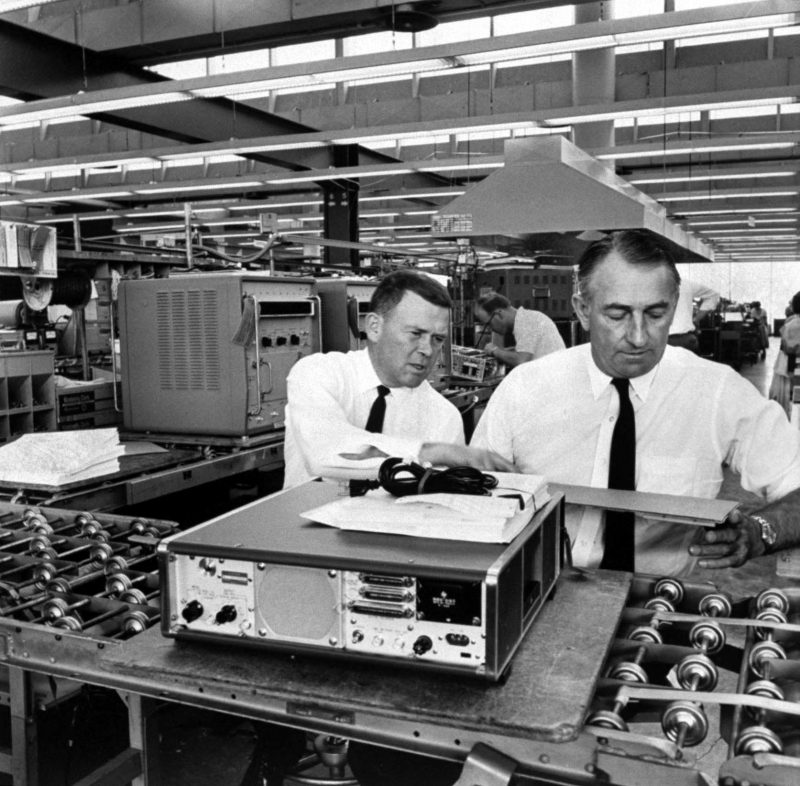
5. Facebook CEO Mark Zuckerberg's 2018 congressional testimony marked a new era of accountability. He was questioned about Russian interference in the US election, and Cambridge Analytica's access to user data.
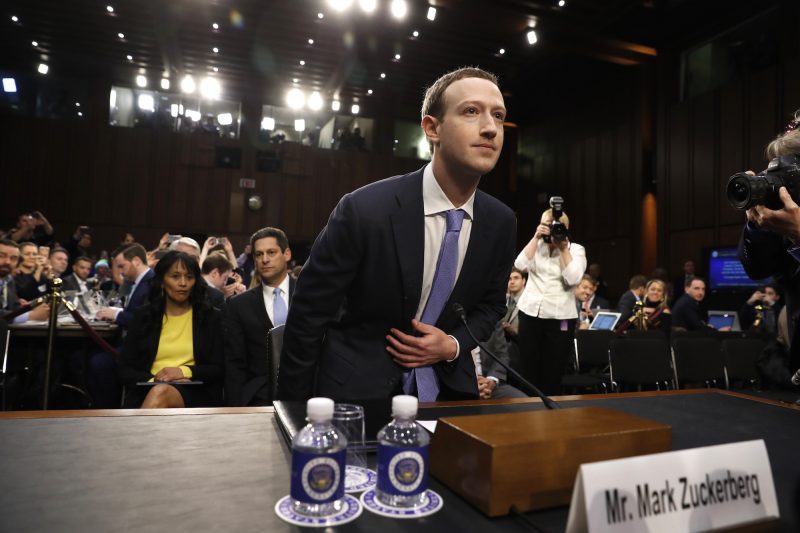
Estruth said she was surprised that this hearing took place, and that it might signal a new period of oversight for big tech.
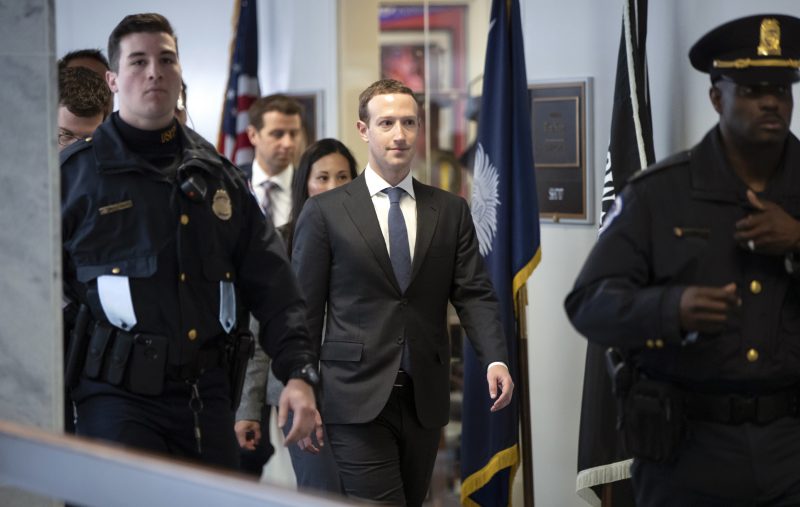
6. Elizabeth Warren's proposals for breaking up big tech could signal a new era for Silicon Valley, with greater oversight and regulation.
